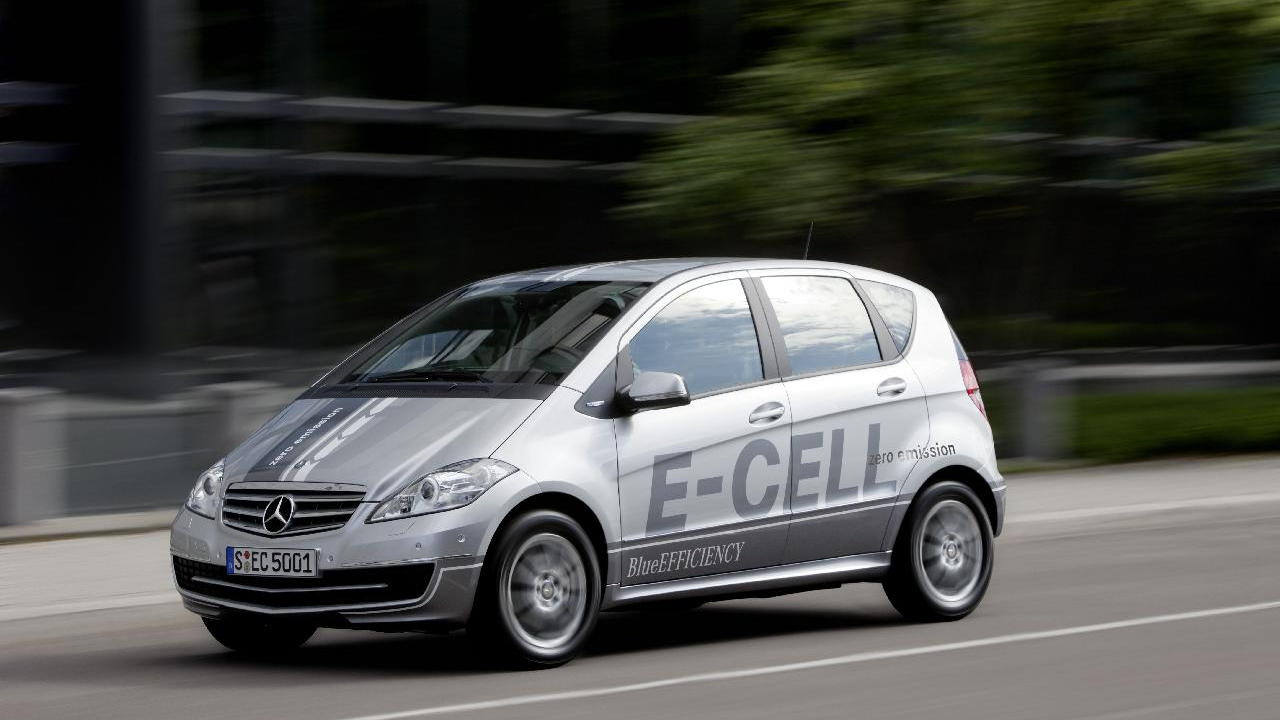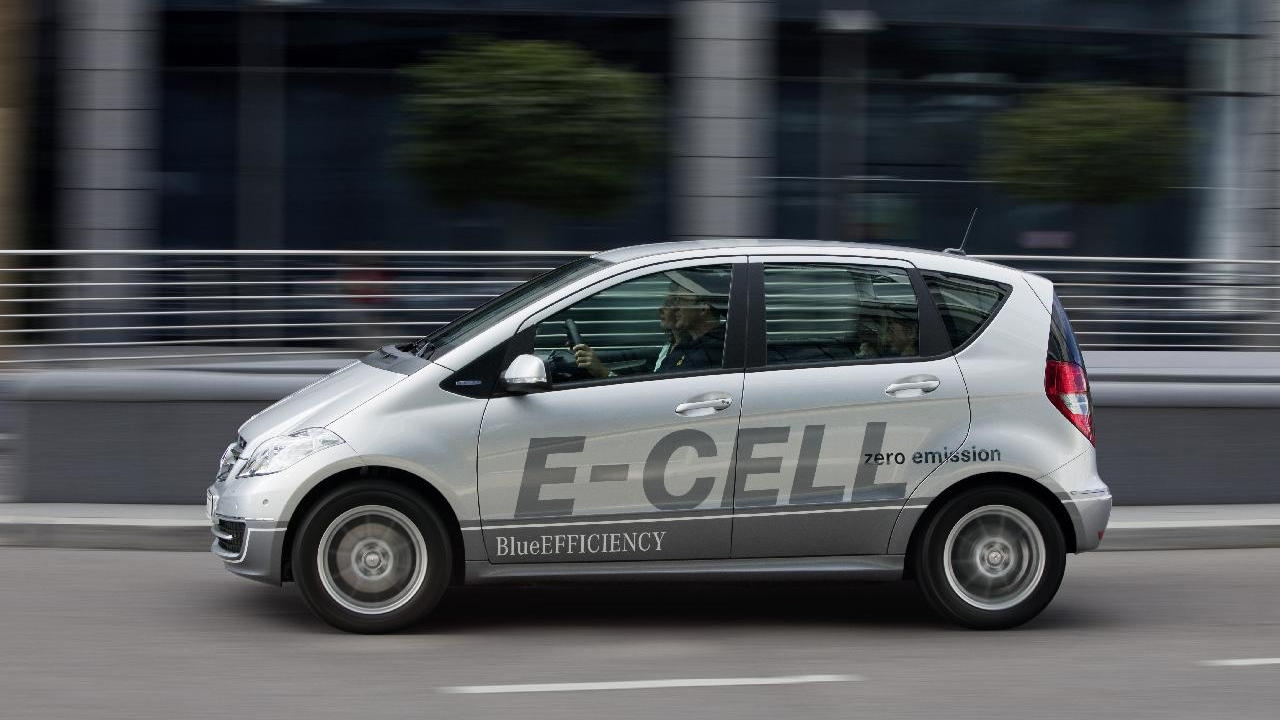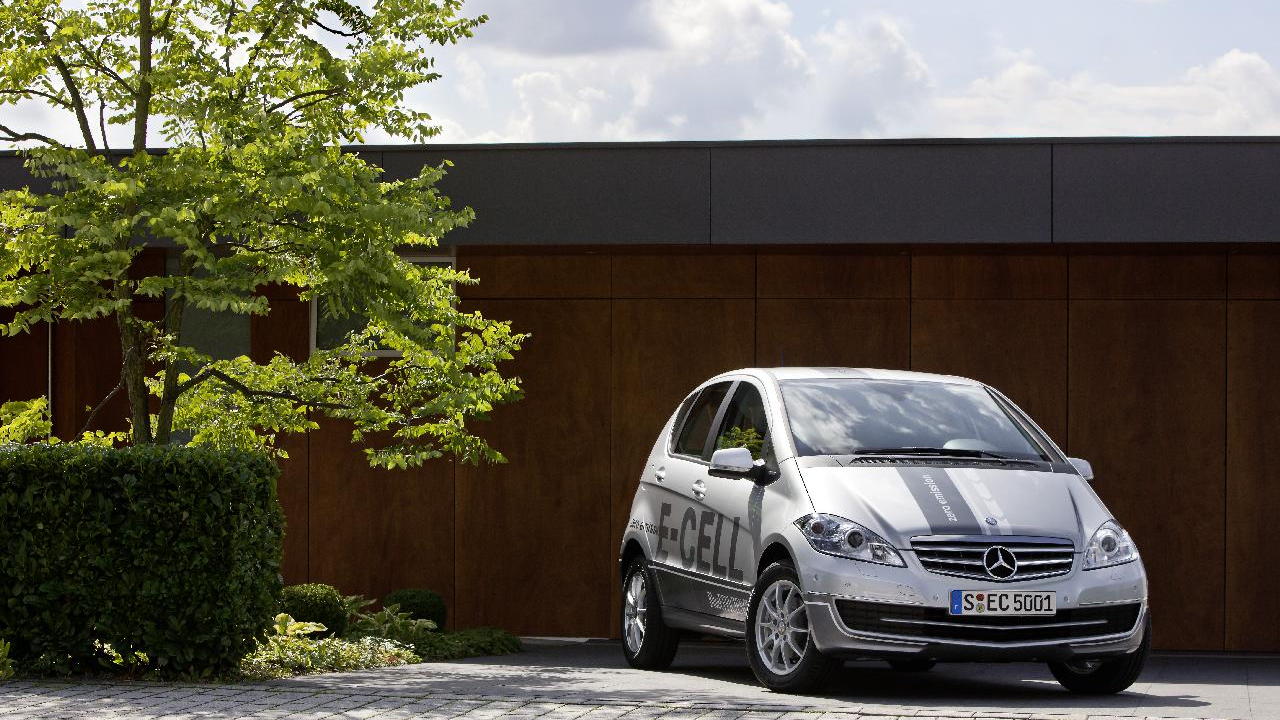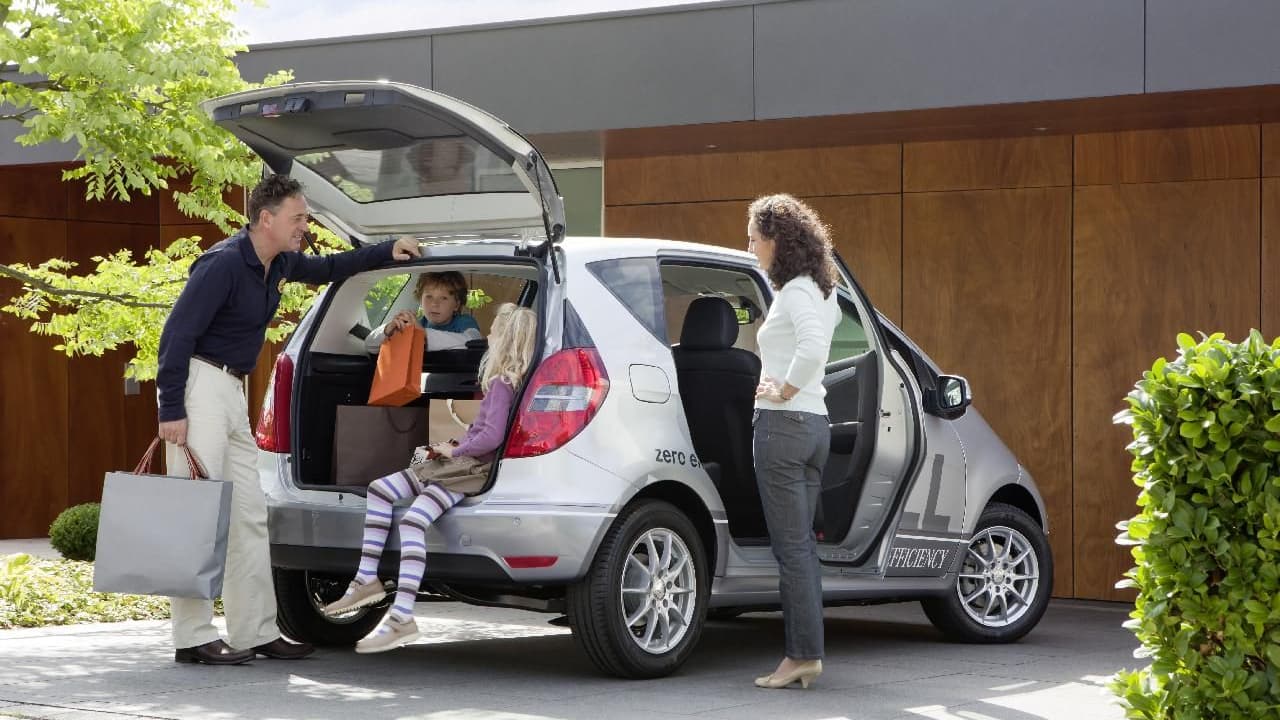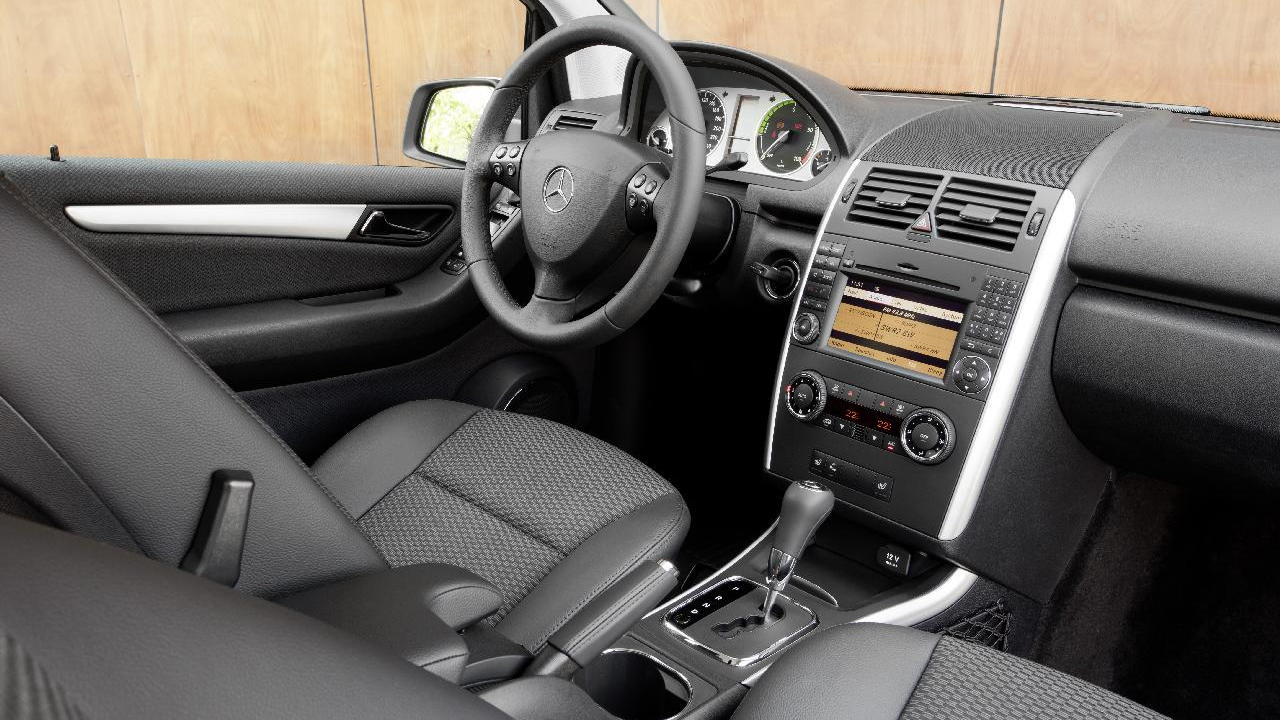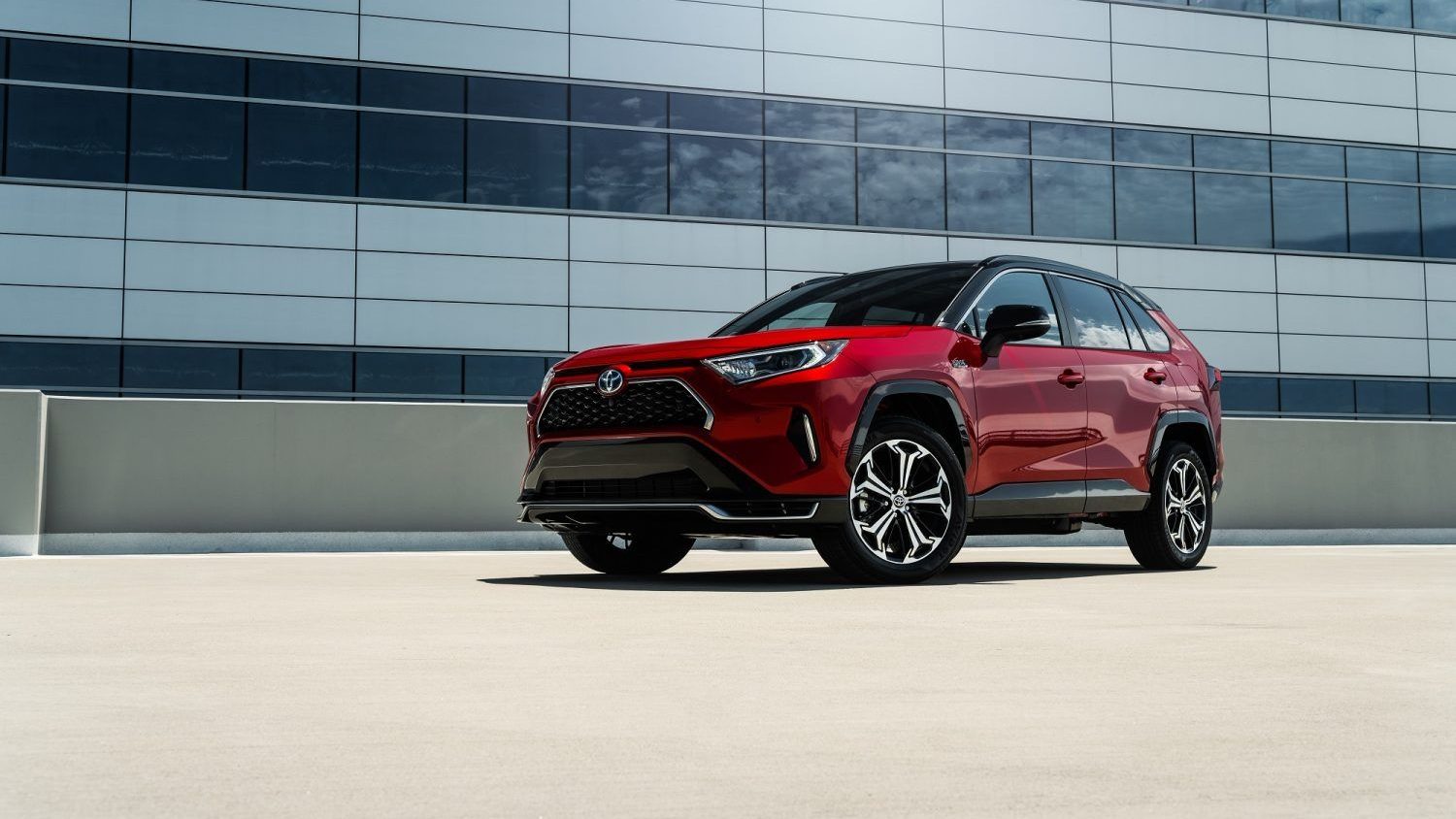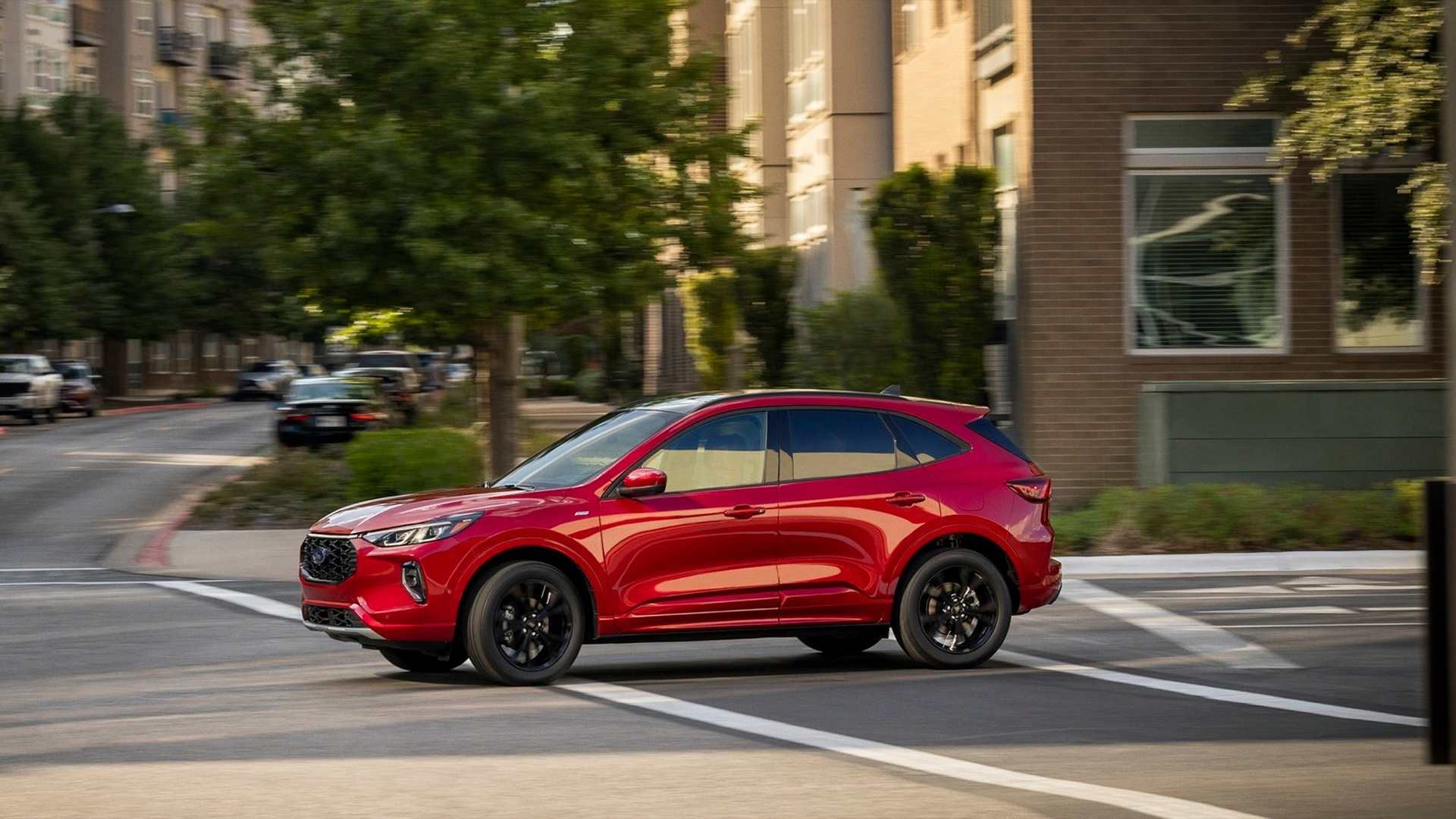This morning Daimler released complete details on its 2011 Mercedes-Benz A-Class E-Cell, a limited production electric conversion of its aging A-Class five-door small hatchback, sold mostly in Europe and not available in the United States.
The A-Class E-Cell is Daimler's second vehicle to use battery packs designed and engineered by Tesla Motors, better known for its 2011 Roadster 2.5 electric supercar. The first was the Smart Electric Drive, an electric conversion of its two-seat Smart ForTwo. A few hundred Smart EDs will be tested over the next two years in Europe and North America.
Daimler LUVS Tesla
The Tesla connection came about when Daimler bought 9 percent of Tesla Motors a year ago (and promptly resold 40 percent of its stake to an Abu Dhabi investment firm). Since then, Tesla has concluded a deal with Toyota and is building an electric version of that company's RAV4 small crossover.
So the future of the Daimler-Tesla partnership is up in the air, with Daimler potentially able to sell some or all of its stake now that Tesla successfully completed its initial public offering.

2011 Smart electric drive - first drive
Modular approach
Mercedes-Benz, which has a longer history in developing hydrogen fuel-cell vehicles than in battery electrics, has developed a modular system for electric drive components. Because fuel-cell vehicles are powered by electric motors and usually have small battery packs to buffer the power demands and drive accessories, the same suite of components can be used across both types of powertrains.
So, for instance, the A-Class E-Cell uses the same 50-kilowatt electric drive motor as the B-Class F-Cell, a slightly larger five-door hatchback powered by a fuel cell running off hydrogen stored in a high pressure tank.
Many, many partners
But Daimler has spread its electric-car efforts far and wide. The Tesla deal is actually just the third of four different ventures or agreements it has made with different lithium-ion battery companies, not including the high-temperarture Zebra sodium-nickel-sulfate batteries used in an earlier electric Smart, known as the Smart EV (not ED).
In 2008, Daimler formed a pair of joint ventures with battery maker Evonik Industries. One was Li-Tec Battery GmbH, which builds actual lithium-ion cells, while the other, Deutsche Accumotive GmbH, assembles those cells into battery packs it designs.
Those battery packs are expected to be used in Mercedes-Benz vehicles starting in 2012, the first one being the 2012 Mercedes-Benz SLS AMG E-Cell electric supercar.
The Daimler stake in Tesla Motors came in April 2009, followed by an agreement 13 months later with China's BYD Autos to form a 50-50 joint venture that will build electric cars and powertrains for sale in that country.
Japanese, Germans, and French, oh my!
Finally, Daimler just expanded an April 2010 deal with the Nissan-Renault alliance into broad sharing of electric vehicle powertrains and components. The deal originally agreed to replace the Smart ForTwo with a vehicle developed on a Renault minicar platform, including use of Nissan battery and motor technology from its 2011 Nissan Leaf electric car.
So Daimler has placed its bets far and wide. It now has a share in a lithium-ion cell company, and partnerships with Tesla, Nissan, Renault, and BYD. Why? It needs the economies of scale as it begins to build very small numbers of electric cars using brand-new and pricey technology.
100,000s vs millions
Ten years hence, in 2020, Daimler hopes that up to 20 percent of its European sales are "zero-emission passenger vehicles," meaning 150,000 to 200,000 cars a year. By then, Nissan and Renault together expect to be selling up to 10 times that total. (Whether they will is quite another question.)
In this case, fierce German independence has taken a back seat to the exigencies of the brutally expensive global automotive market.
[Daimler]
